In previous weeks, we mentioned that it is impossible to adapt up or down between 125 Volts and 250 Volts. However, you can adapt down to 125 only if the power source is rated as a 125/250 Volts connection. So what factors go into determining if you can step down the voltage?
Let’s start by breaking down the anatomy of each voltage. The amount of voltage in a connection is determined by the number of hot wires being used.
So for a regular household outlet which is typically 125 Volts, there is only one hot wire, one neutral, and one ground. For a NEMA 6-20 outlet, often associated with 250 Volt AC Units, there are two hot wires, no neutral, and one ground.
Another example is your 50 Amp range outlet and a 50 Amp welder outlet.

A NEMA 14-50 outlet has two hot wires, one neutral, and one ground. This means it is able to make two complete sets of 110 Volts by using one hot, the neutral, and the ground. The NEMA 6-50 welder outlet has two hot wires, no neutral, and one ground, meaning it cannot make two complete sets of 110 Volts. Since it is missing a neutral, it cannot be broken down into two sets of 110 Volts.
It is the presence of neutral or ground, and the number of prongs, that determines if you can adapt down from a 250 Volt connection. Most 3-prong 250 Volt connections do not have either neutral or ground, but 4-prong 250 Volt connections do, allowing you to adapt down to a 125 Volt application.
When a connection is 4-prongs and rated at 125/250 Volts, it is best to refer to it as exactly that. When talking about electrical connections, a lot of people like to just simply say “250 Volts.” While this is correct, it is important to remember that 3-prong connections can also be 250 Volts, which makes a big difference. If you can’t remember 125/250 Volts, then add the number of prongs when talking about 250 Volt connections. That will help us, and other electricians, to diagnose the problem and find a solution.
We offer adapters that can adapt down to 125 Volt connections.
AD1430520 will let you use a regular household plug in a 4-prong dryer outlet. AD1450520 will do the same for a 4-prong range or generator outlet. We even have adapters for 4-prong generator outlets.
The adapters for 4-prong generator outlets can be used to power one, two, or even four household connections.
Since there are two hot wires in a 4-prong generator outlet, the power can be split up into more outlets. You may recognize this topic if you have read about or watched a video based on a previous topic; Power Distribution Units.
If you have any more questions about the differences in voltages, please leave a comment or reach out to us with a text, phone call, or email.

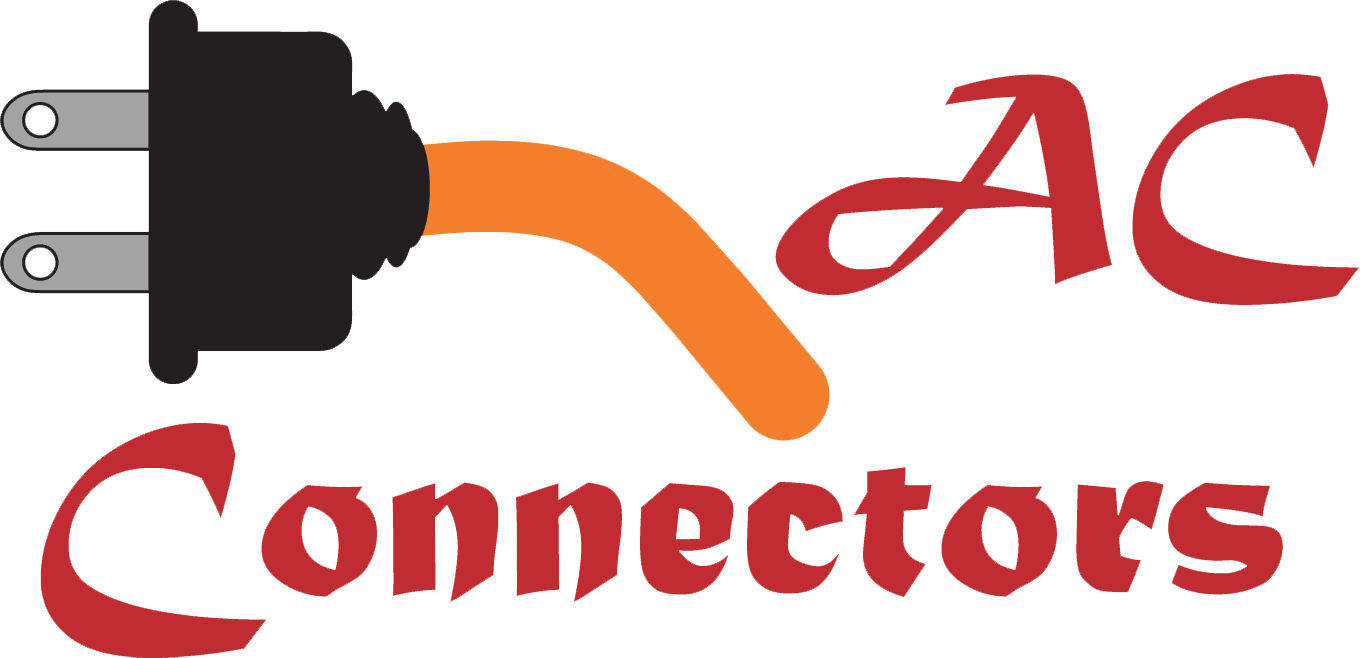

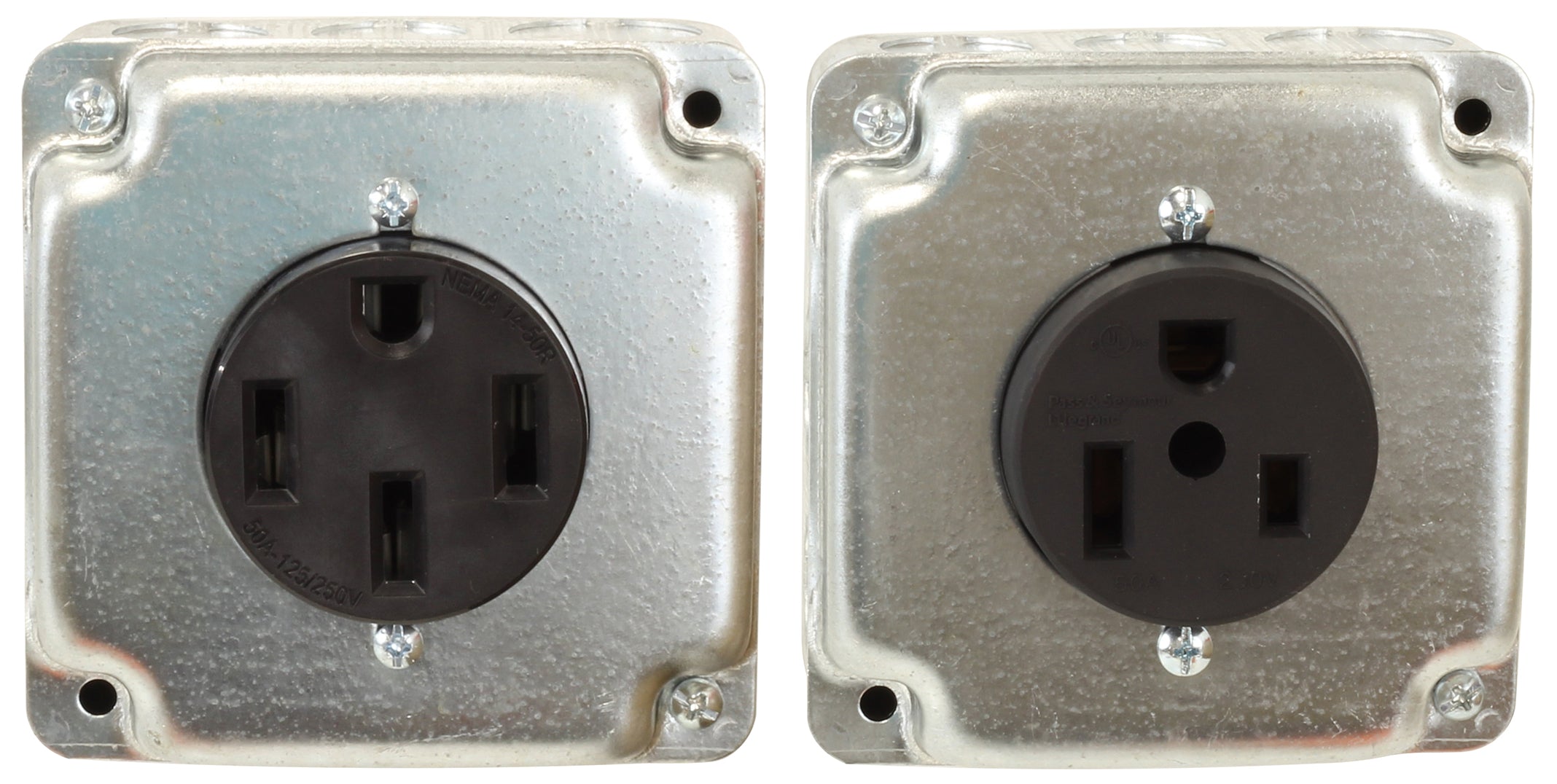
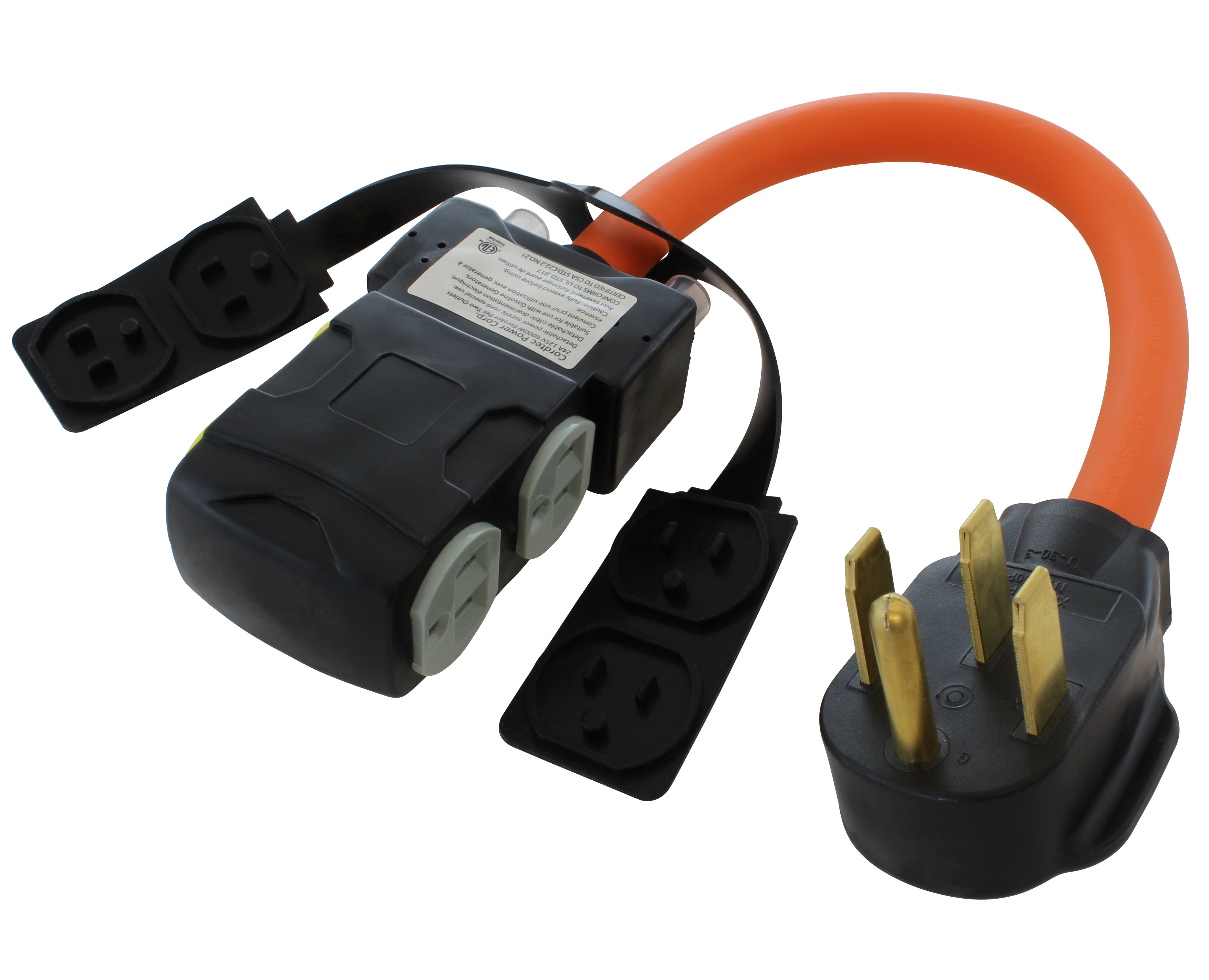
![AC WORKS® [ASINSS2PBX-G] 50A Locking 4-Wire CS6375/ SS2-50 Heavy-Duty Transfer Switch Inlet Box](http://acworks.com/cdn/shop/files/ASINSS2PBX-0_0206b362-7c90-42a5-8754-0685c13dab7e.jpg?v=1758051675&width=2500)
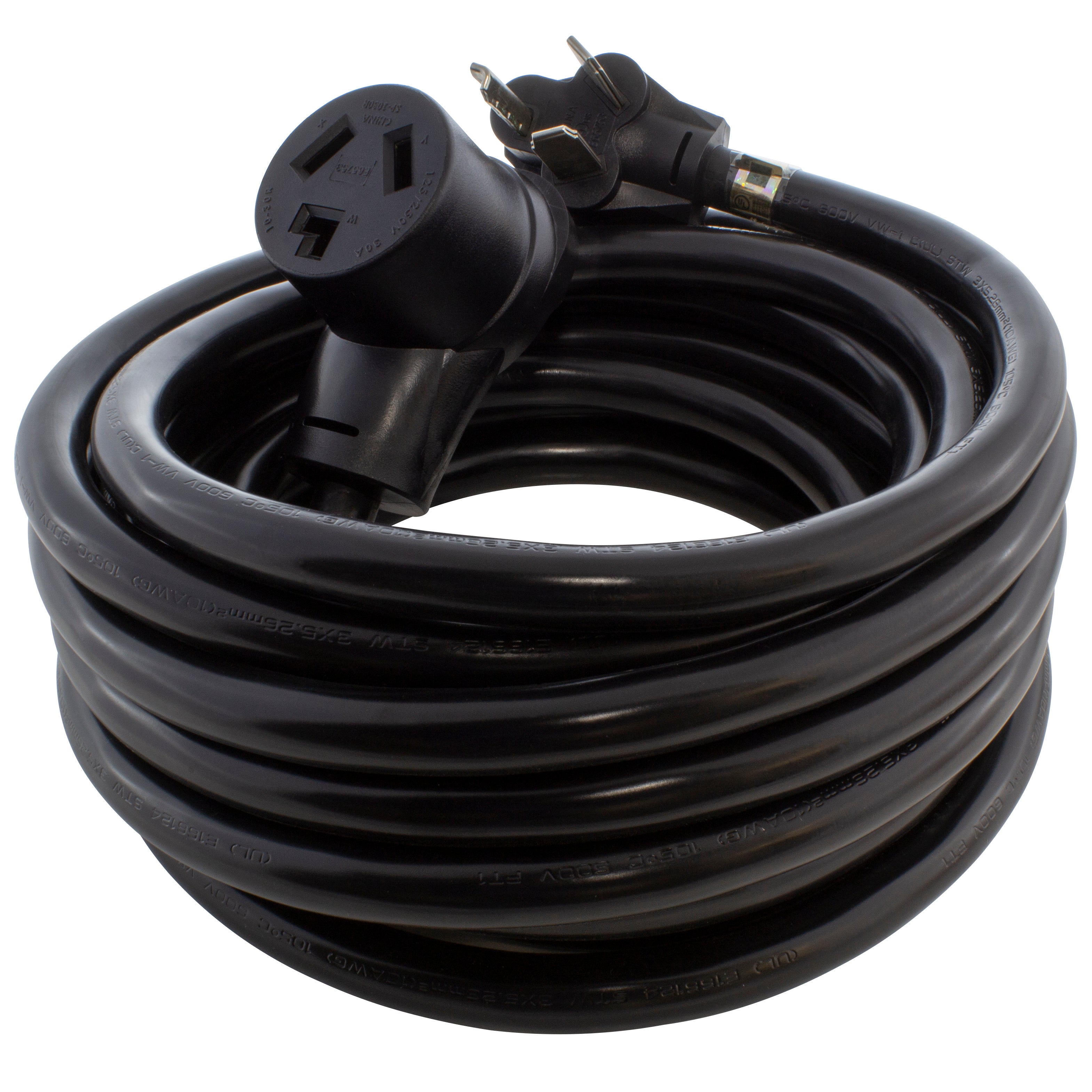
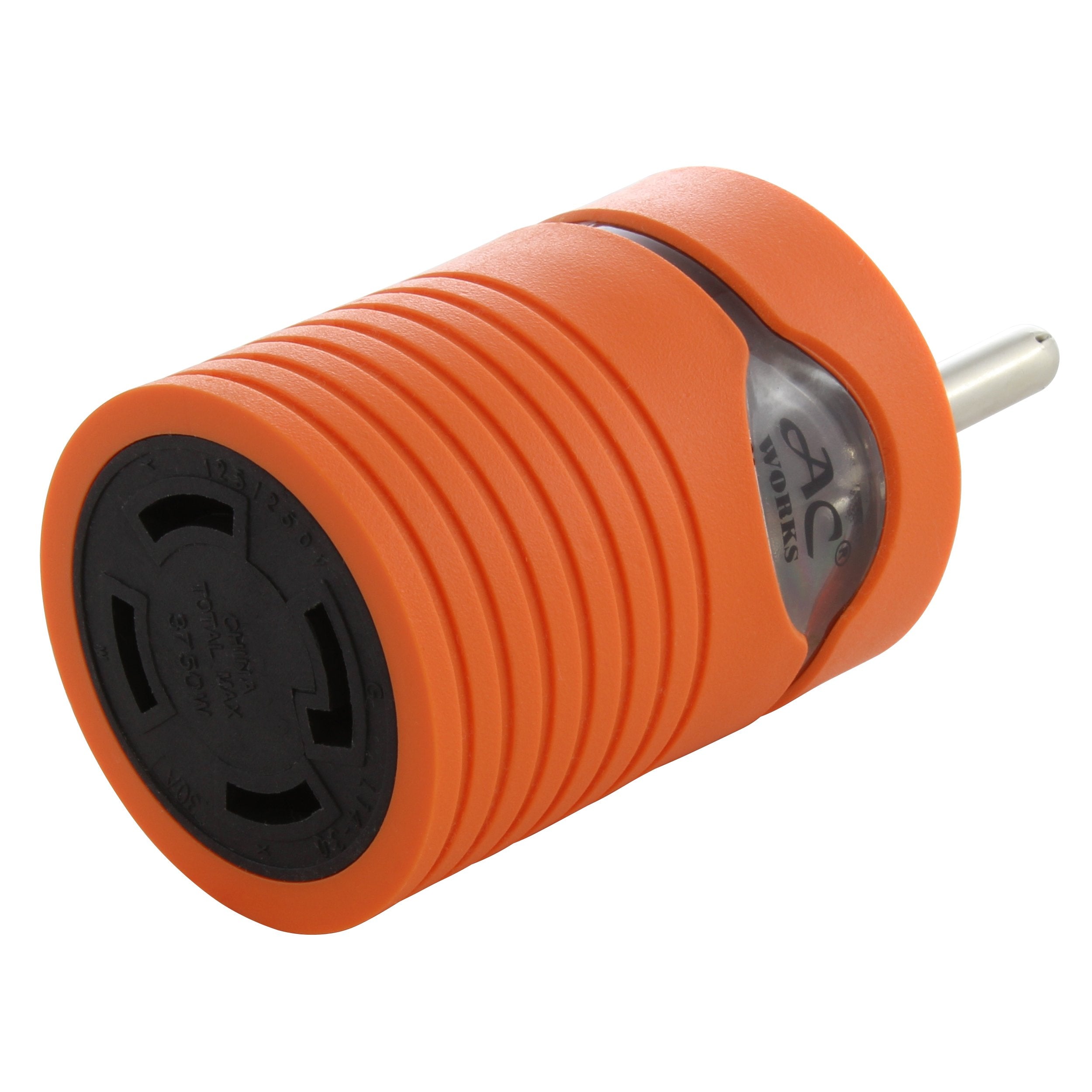
![AC WORKS® [S1430CBF520] 1.5FT 14-30P 4-Prong Dryer Plug to (4) Household Outlets with 24A Breaker](http://acworks.com/cdn/shop/products/S1430CBF520.jpg?v=1666103519&width=4656)

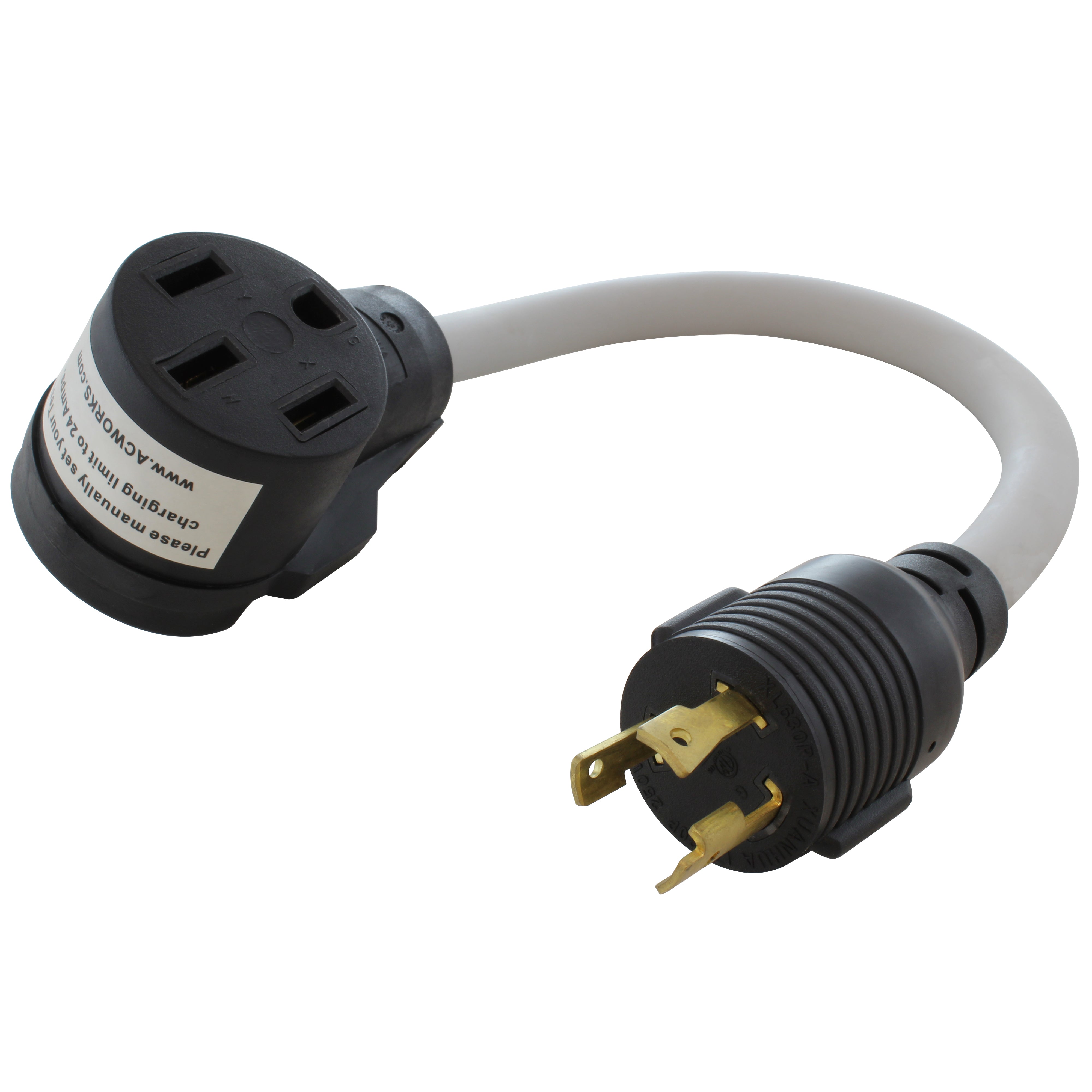
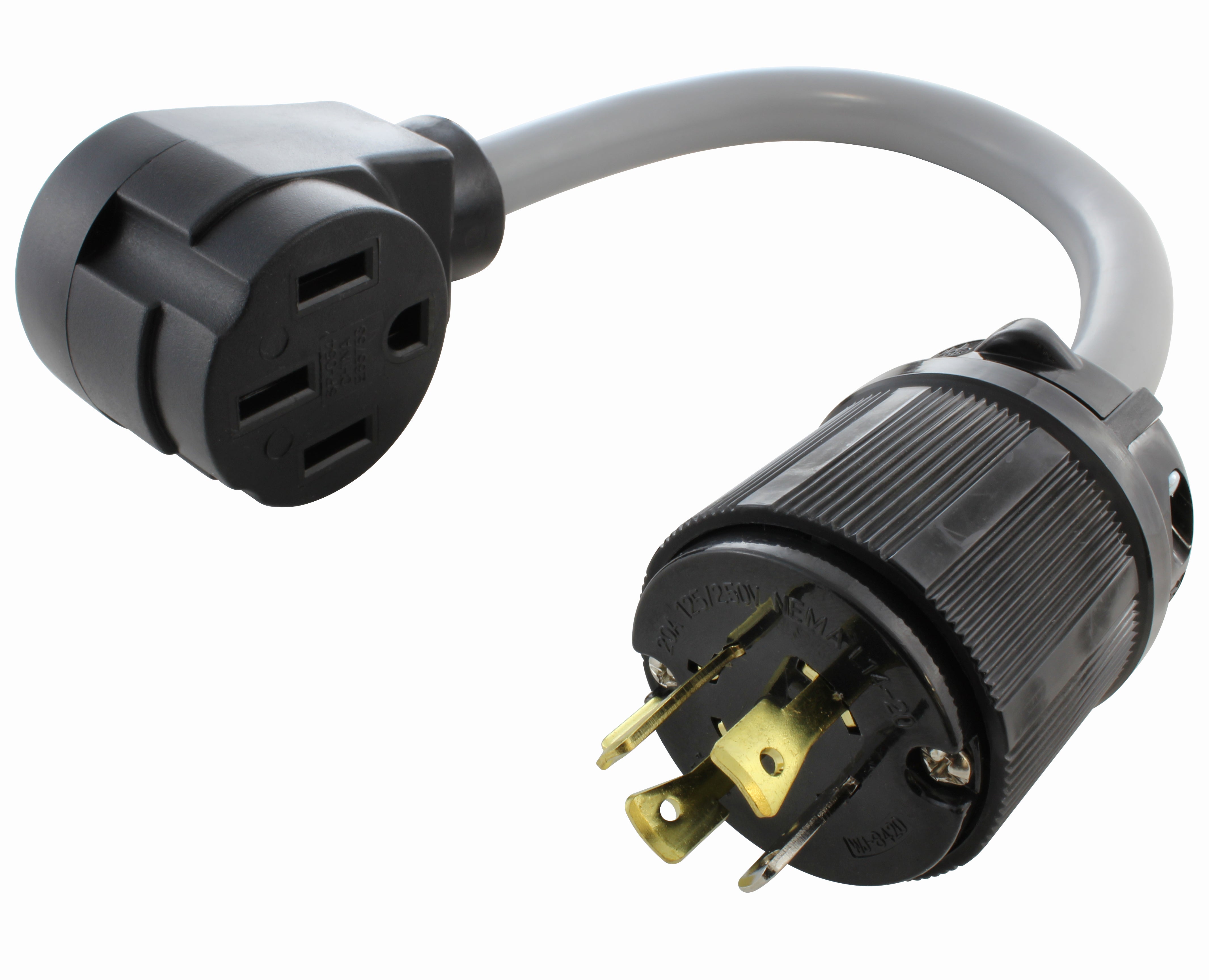
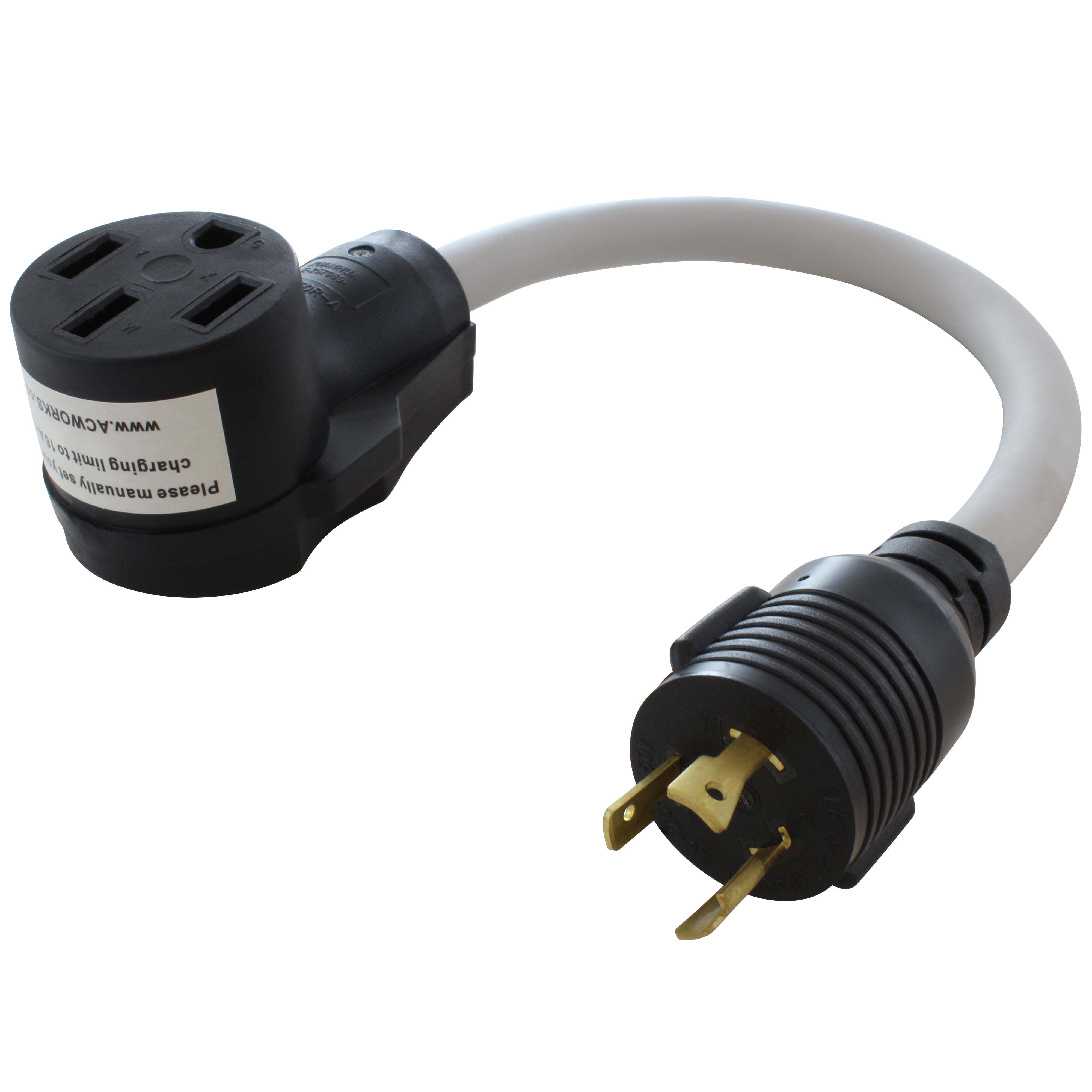

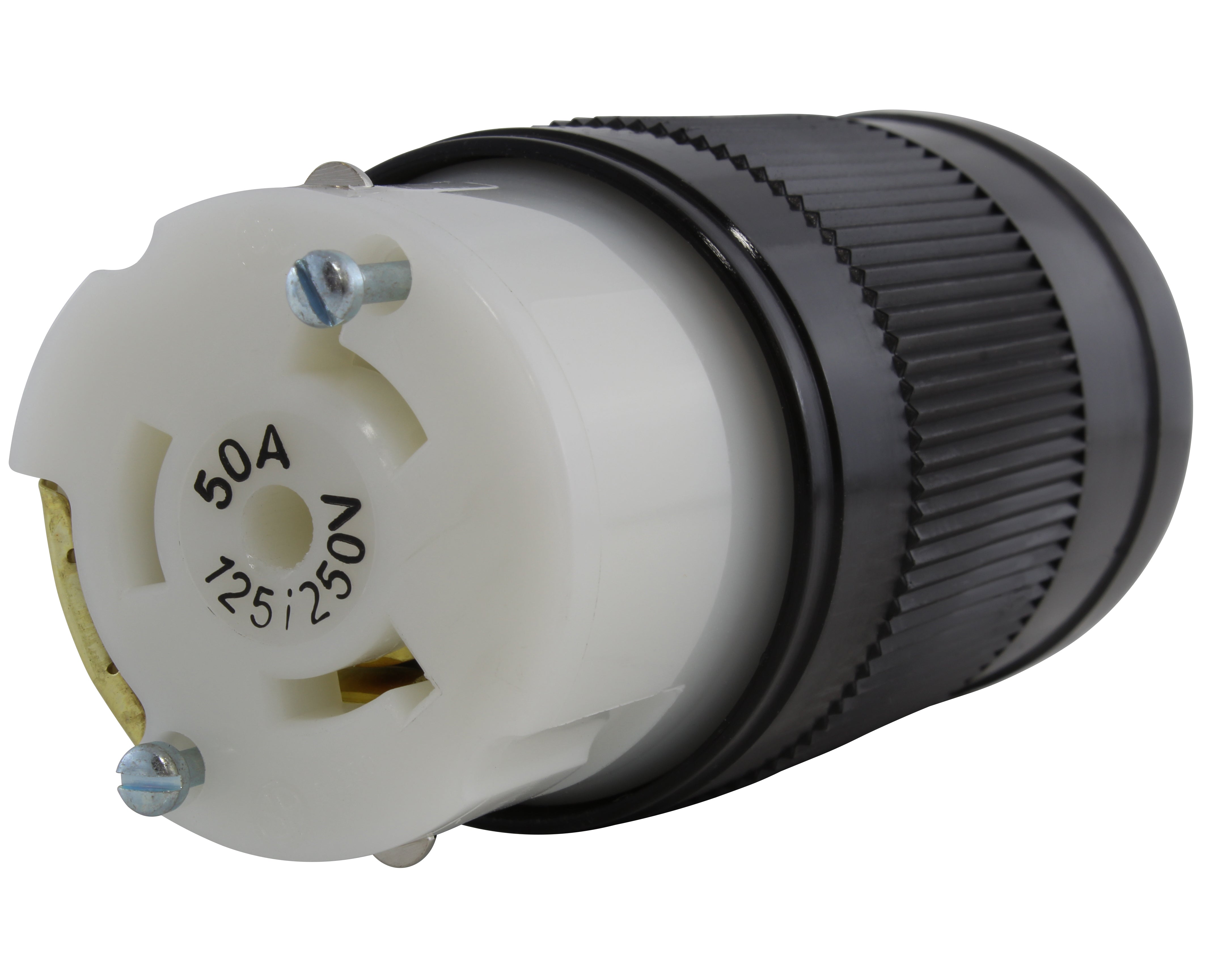

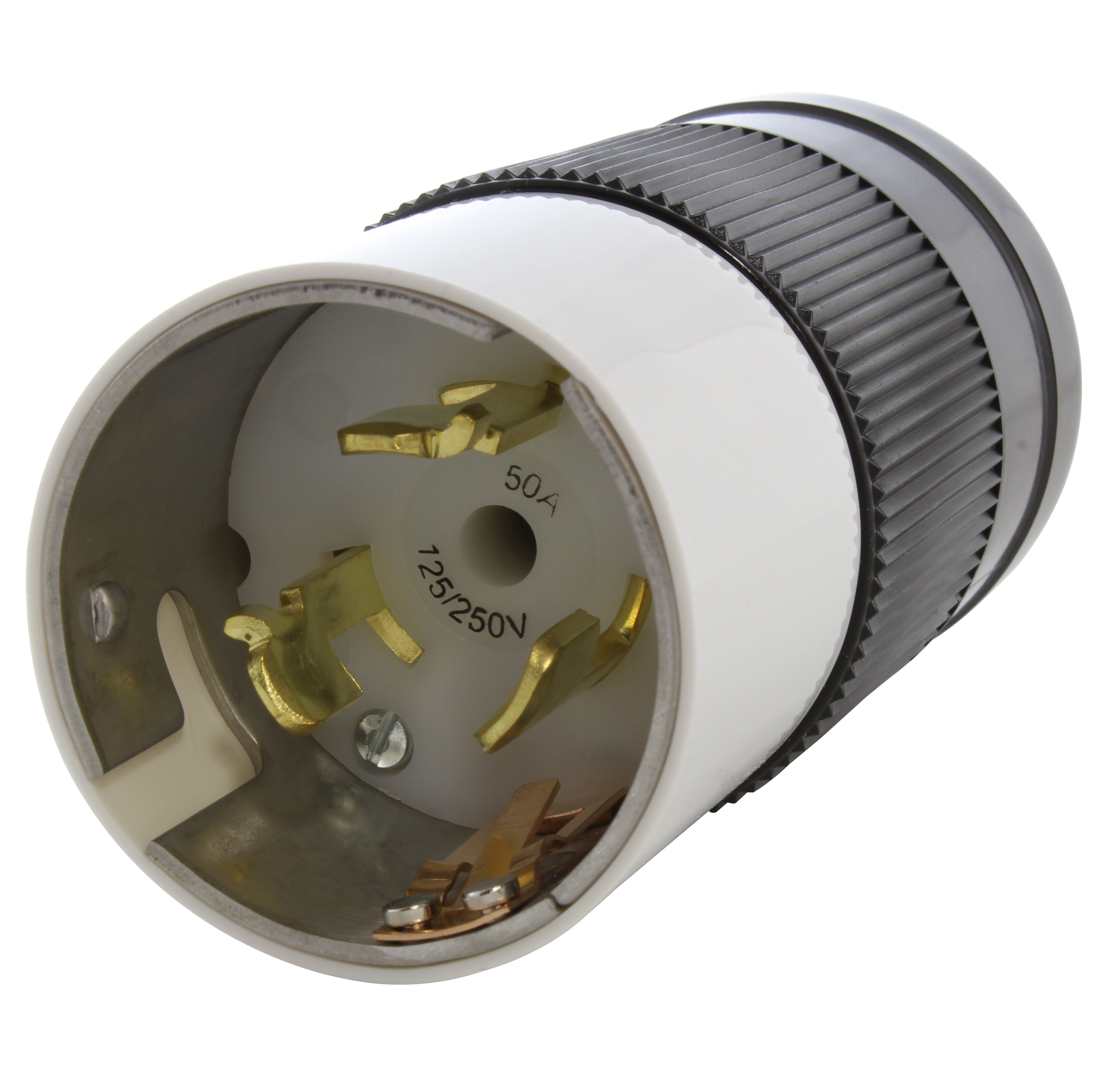
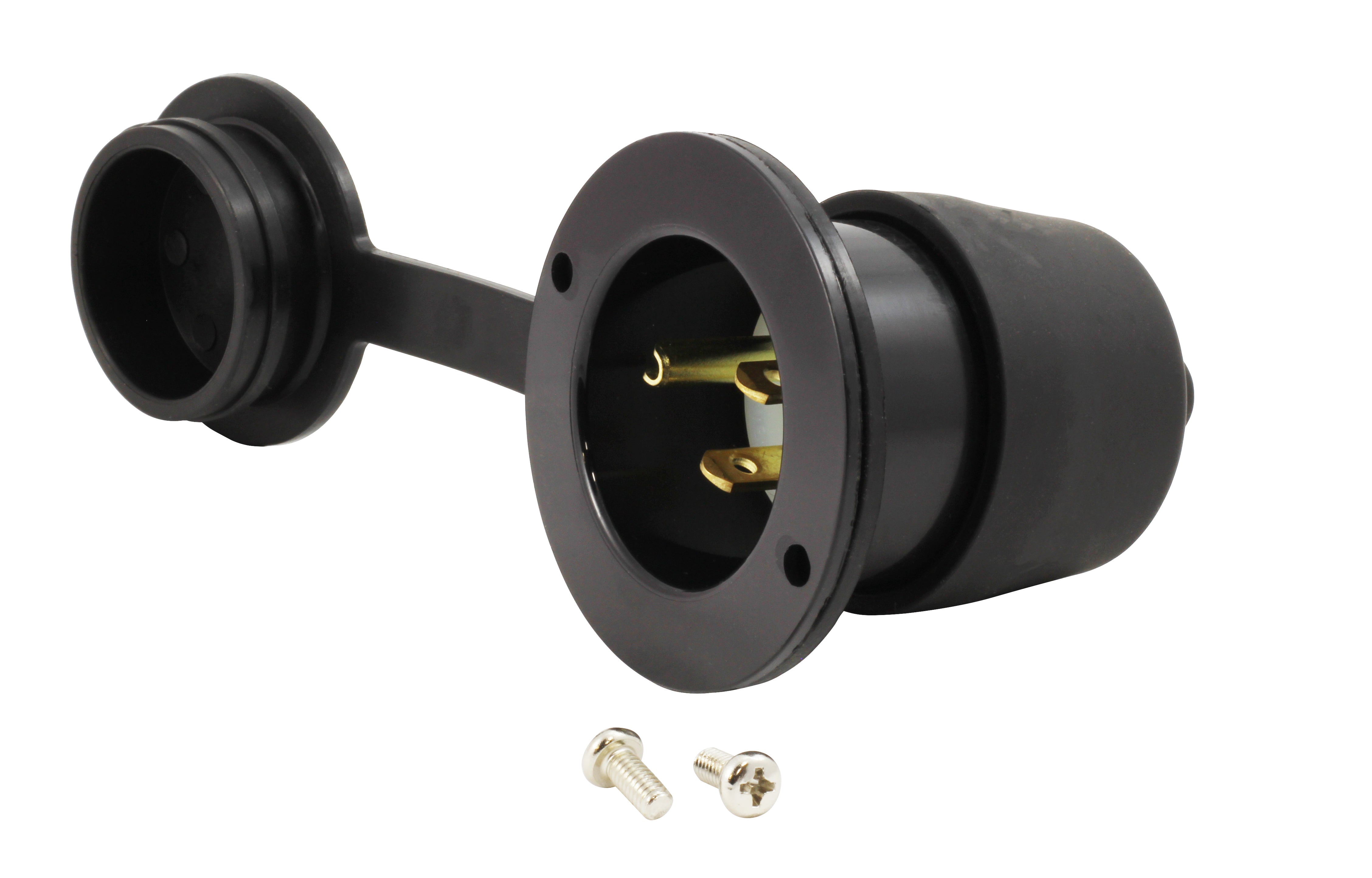

![AC WORKS® [ADV104] 3-Prong Heavy-Duty V-DUO Household Outlet Adapter](http://acworks.com/cdn/shop/products/ADV104-0.jpg?v=1605738768&width=3128)
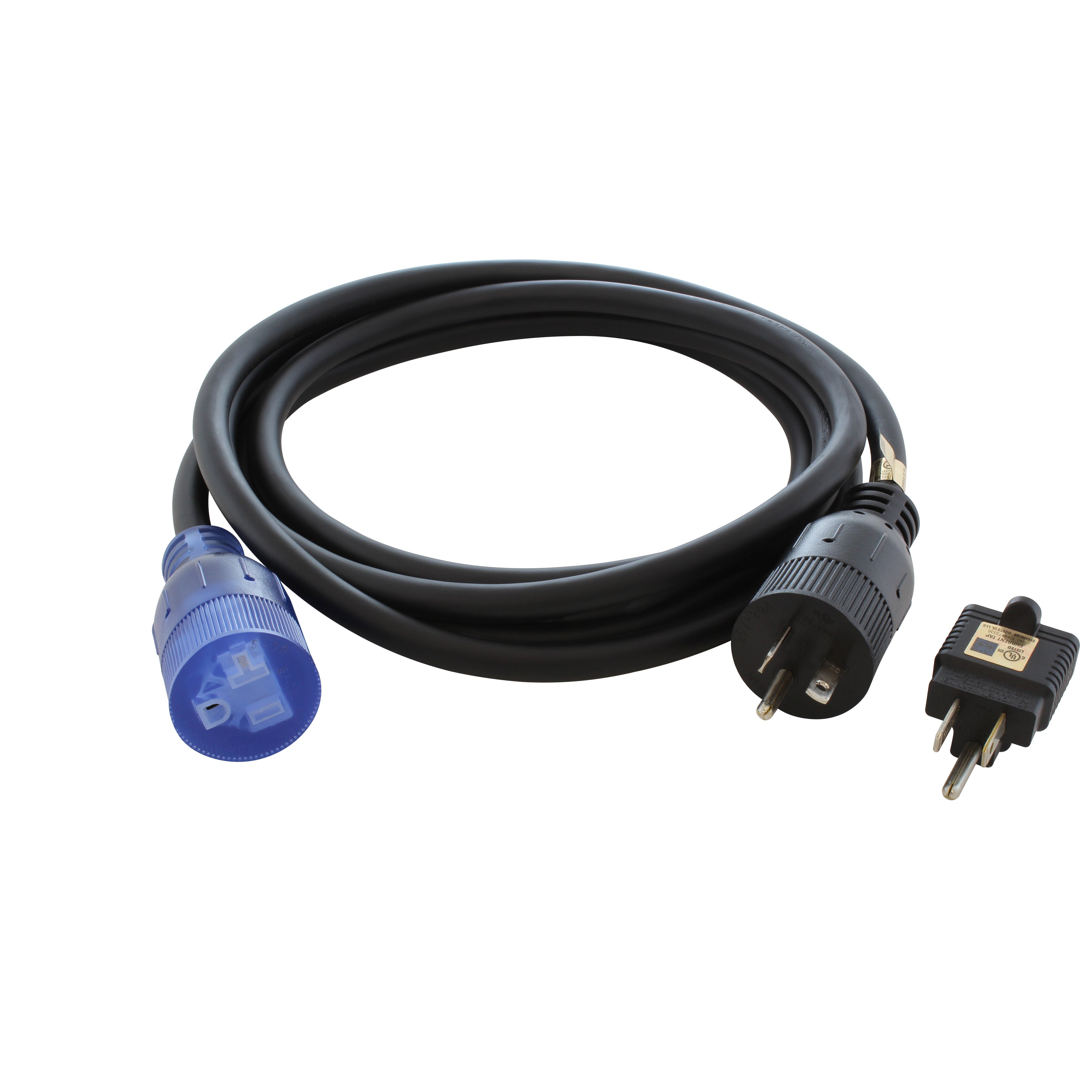
![AC WORKS® [XH515520] 15A to 15/20A 125 Volt Plug Adapter with ETL Safety Approval](http://acworks.com/cdn/shop/files/XH515520-0_daea425a-f439-48df-bb75-052167057f12.jpg?v=1729091519&width=2500)
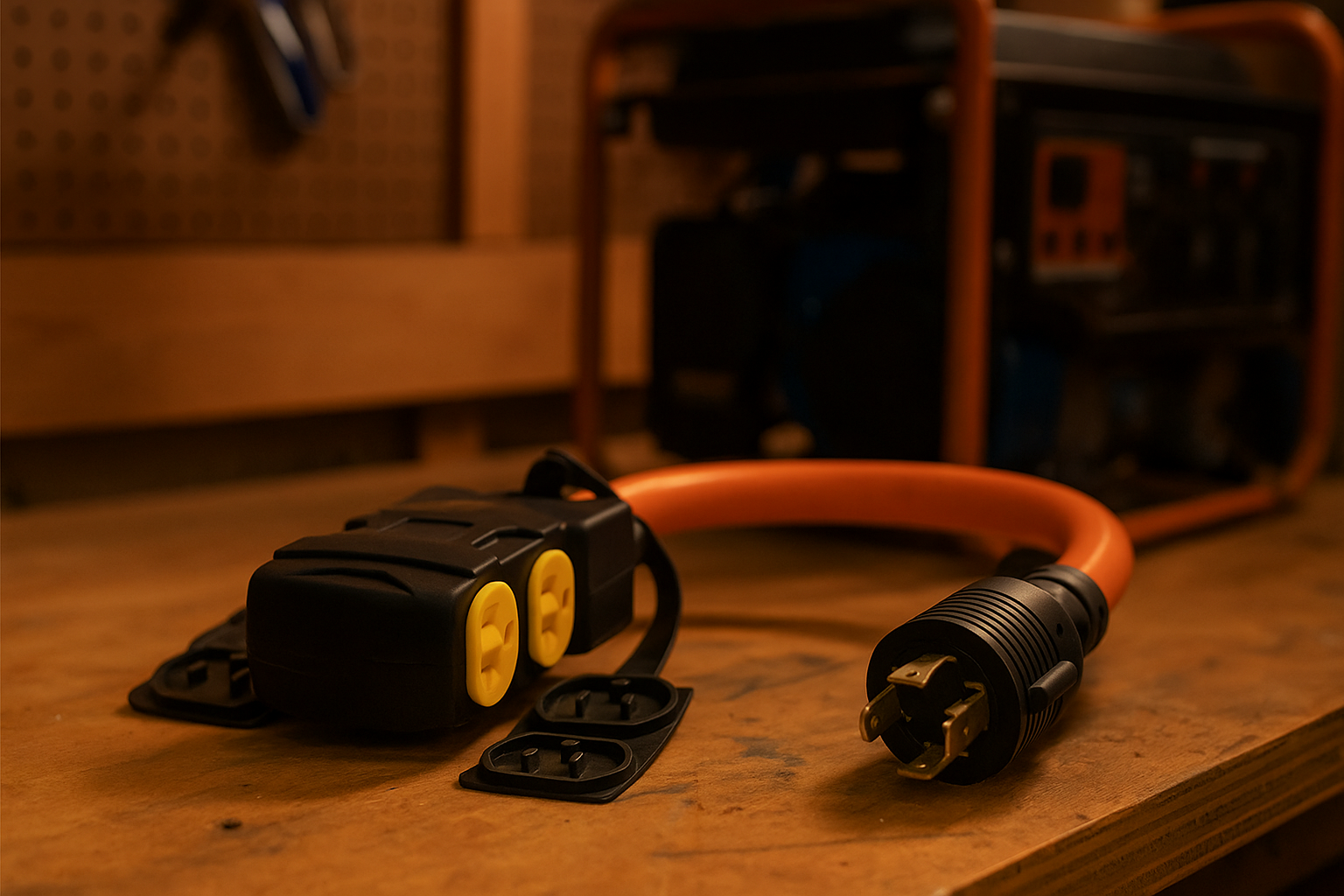
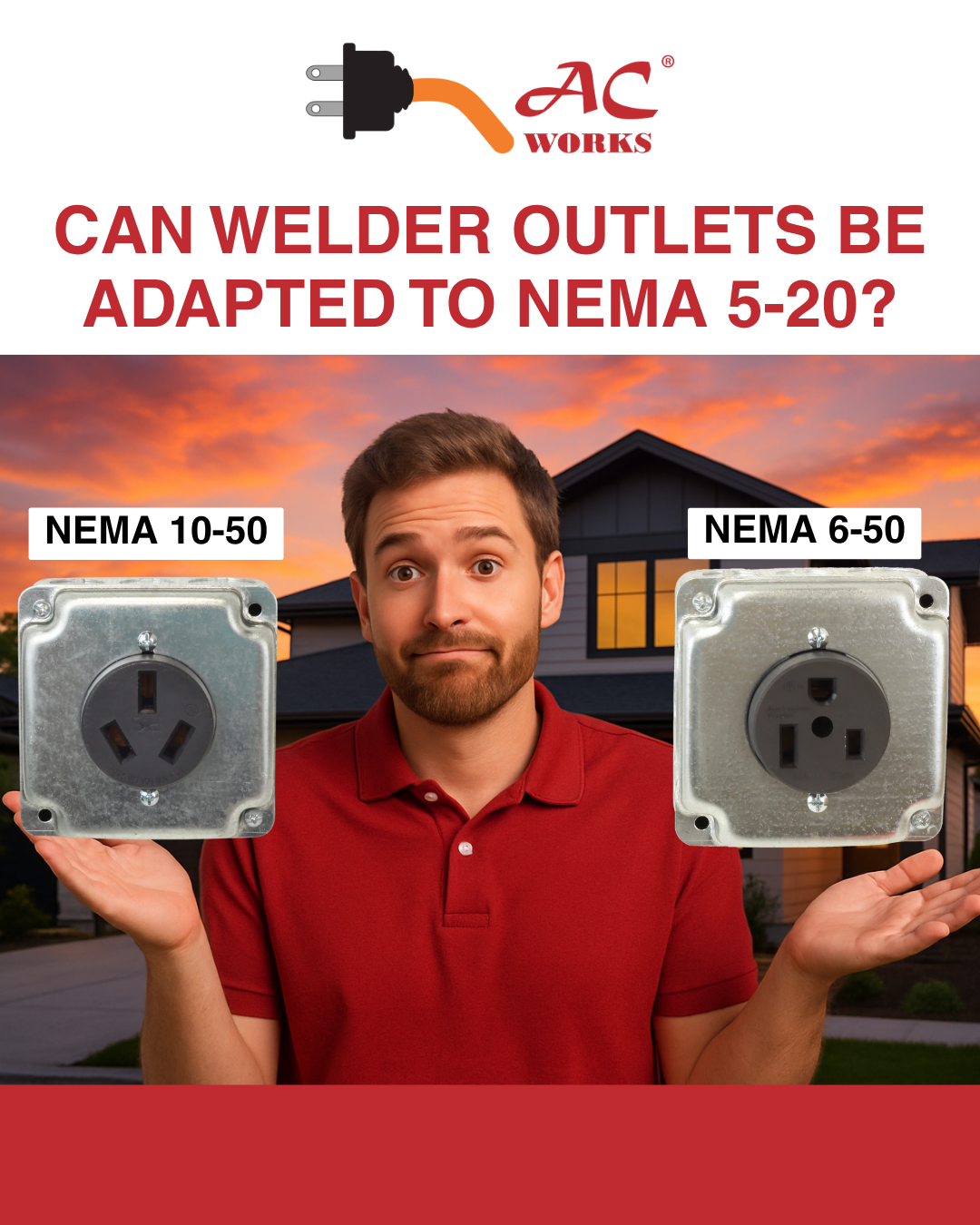

Share:
The Little Green Wire
JUST ARRIVED! Flexible Adapters with 20 Amp Circuit Breakers
21 comments
Hello Lynne. I believe you messaged me on the chat app on our website. But for others to see and learn, yes, we have an adapter to go from the L14-30 outlet to a 10-50 plug: WDL14301050. Just be aware that the L14-30 outlet is only rated for 7500W, whereas the 10-50 oven/stove usually operates at 12500W. If I remember correctly, you stated your generator operates at 10000W max overall. So you could use your oven/stove, but it won’t be able to operate as efficiently as it would normally.
HI. My power might go out tomorrow (Thanksgiving) and I have a stove that is 3 prongs plugged into an outlet that says 5.0 A on one side and 250 V on the other. I have a generator that has two outlets – 1 3prong 120 v and the other a 4 prong 120/220 V. Can I get an extension cord to plug in the stove and run it to the generator?
Hello Steven. Please email me pictures of your kitchen outlet at ac-creative@acconnectors.com.
I have a four-wire kitchen outlet marked as 250 volt 50 amp with three holes like this: " / . \"; plus a hole centered below like this: “|”. Searching the internet I can’t find any plug or outlet to match this configuration. Is this an obsolete outlet that needs replacement to be used?
/ . \
|
Hello Roy. Which configuration is your 3-prong twist lock? What wattage does your generator run at? What wattage does your AC unit run at? Depending on those factors, you could just adapt between the 3-prong twist lock and your 50A generator outlet. Let me know your answers to the above questions I posed and I should be able to help you out further.